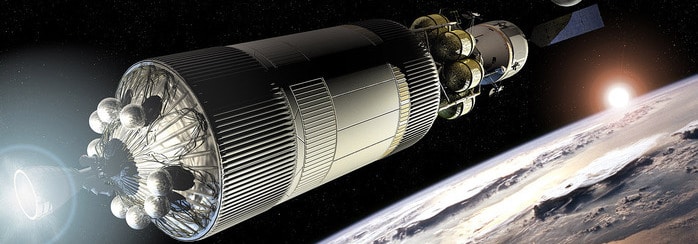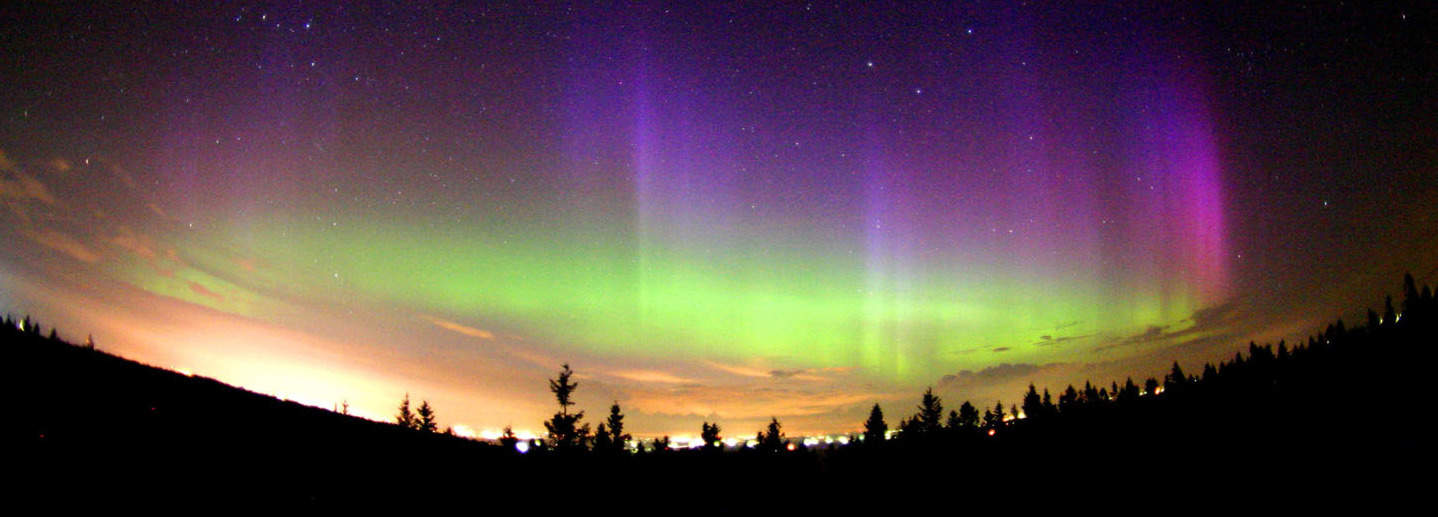Looking at the stars, some people frequently dream of developing new horizons, colonization of planets of the Solar System and their satellites, others dream of Mathew McConaughey. The rest of humanity plans the interstellar space traveling in a long-term perspective. Everybody believes the main problems during the space mission are the supply of air, food and water. We have bad news for you, all the astronauts will possibly be dead due to the lethal dose of radiation even before they get to the far planets. This will be caused by the cosmic rays. Continue reading
Physics - Page 2
Secrets of the Northern Lights
Aurora is a phenomenon widely recognized by the population of the high latitudes and the Southern Hemisphere. In daily use, we call it accordingly to its location: either aurora borealis (North Pole) or aurora australis (South Pole). It can be frequently observed in the North of the Continent of North America, Nordic countries and Siberia. The Cree Indians, one of the most numerous Canadian tribes, call it Dance of the Spirits and read them as their gods’ messages. Vikings, in their turn, considered them to be the reflections of the swards of valkyries in the sky. Finally, dwellers of the Russian shore of the Arctic Ocean believe aurora is a frozen song. But what aurora actually is and how can it be forecast? Let’s take it closer. Continue reading
Speakers and Water Experiment – Easy Explanation
Each of us hears the sound from the speakers every day multiple times without even paying attention to it: in a café or pub, in the gym or in transport, at home, etc. But how often do you think of how the speakers actually work? Did you know that their sound can control the element of water? Let’s see what tricks you can perform with the water flow and consider some other features of the speakers. Continue reading
Can my Mobile Cook an Egg? Hardly ever!
Although all representatives of modern technologies have more advantages than negative sides, you have to mind the implicit harm they emit. Just imagine how much it matters if two smarties can cook an egg (according to this article). Wanna your brain scramble?.. Yup, take your mom away from the screen as she’ll definitely take away your phone. But wait, is it reality or just a trick? Here we’re going to destroy this myth made up by amateurs. Our team of experts has conducted a research for those guys who enjoy daily talking on the phone. Simple calculations we’re going to show will convince you of the fact that your gadget is not that harmful. Continue reading
How Planes Fly
Do you know how the planes fly? The physics of this process is the subject of our article. Of course, a plane is rather complex object and getting it in the air takes a bit of “rocket science” involved; thus, we should start with something simpler. Everybody knows how draft slaps doors. Sharp bangs happen when a fast flow of air goes through the door gap. This phenomenon is explained by Bernoulli’s principle, which is represented in liquids and gases. Continue reading
Why Snow is White
Most often, the question “why is the snow white” is asked by children, yet not all adults know the answer as well. Why it’s white and not red, green or whatever? Moreover, there’s one more question concerning snow. Why is the ice transparent while the snow is white? The answer to both of these questions is connected with two things: the very notion of color and the structure of snow and ice. We’ll start with the first problem. Let’s explain it from physics perspective. Continue reading
Science of Snowflakes
You’ve probably ever observed snowflakes. Even with the naked eye you can notice that none of them ever repeats another. In one cubic meter of snow there are approximately 350 million snowflakes, and each of them is unique. How’s that possible? To answer that question let’s consider the physics of snowflake formation. It’s interesting, that you can not have a pentagonal or heptagonal snowflake, they all have strictly hexagonal shape. Continue reading








